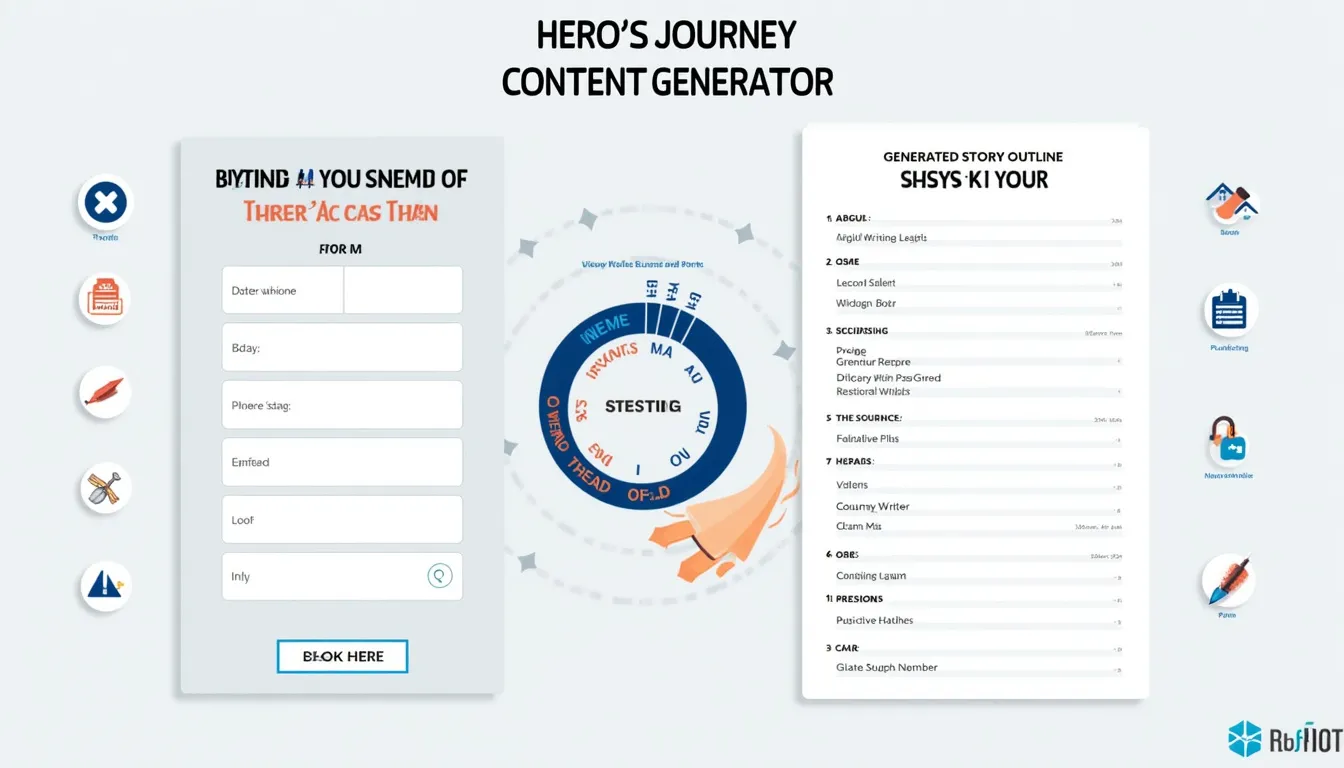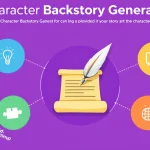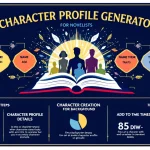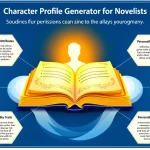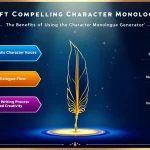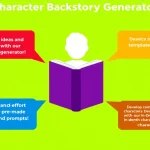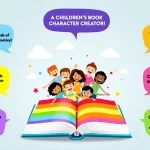Hero's Journey Generator
Is this tool helpful?
How to use the tool
- Choose a content type
Type what you want to create. Examples: “Podcast episode outline”, “LinkedIn case study”.
- Introduce your hero
Give a short description. Examples: “Lena, a veteran firefighter”, “Omar, a high-school robotics coach”.
- Describe the ordinary world
Set the starting scene. Examples: “Lena leads a quiet station in rural Vermont”, “Omar mentors teens in a crowded city classroom”.
- Outline the extraordinary world
Show the new arena. Examples: “A record-breaking wildfire season spanning six states”, “An international robotics championship in Tokyo”.
- List main challenges
Summarise chief conflicts. Examples: “Coordinating multi-agency rescue efforts; media pressure”, “Raising funds; keeping the team motivated”.
- Add specific obstacles
Note detailed roadblocks. Examples: “Faulty radio links; dwindling water supply”, “Visa delays; a critical part shipment lost”.
- State the ultimate goal
Define success. Examples: “Contain the blaze within 72 hours”, “Win the world championship and secure scholarships”.
- Click “Generate Hero’s Journey”
The form sends your inputs to the process_llm_form endpoint, which returns an outline divided into the nine classic Hero’s Journey stages. Review, copy, and edit as you wish.
Quick-Facts
- Hero’s Journey introduced by Joseph Campbell in 1949 (Campbell, 1949).
- People remember stories up to 22× better than facts (Aaker, Stanford GSB, 2014).
- 55 % of consumers say brand stories influence purchase decisions (HubSpot Blog Research, 2023).
- Writers spend roughly 30 % of project time outlining (ProWritingAid Report, 2021).
FAQ
What does the generator create?
It returns a nine-stage outline—Ordinary World through Return with the Elixir—tailored to your inputs, ready for expansion or direct use in scripts, articles, or campaigns (Campbell, 1949).
Can I use it for non-fiction?
Yes. Case studies, memoirs, and brand narratives gain structure and emotional pull when framed as a Hero’s Journey (Knaflic, 2015).
How detailed should each field be?
Stick to 1–3 sentences. Concise inputs keep the AI focused while leaving room for creative elaboration in later drafts (OpenAI Best Practices, 2023).
Why does the tool ask for both challenges and obstacles?
Challenges outline broad conflict arcs; obstacles mark concrete plot points. Separating them helps the engine distribute tension across the story curve (“spread conflict evenly,” Pixar Story Rules, 2012).
Is the generated text unique?
The back-end AI produces original language based on your prompts; however, always run a plagiarism check before publication (Turnitin Guidelines, 2022).
Can teams collaborate with the output?
Absolutely. Paste the outline into shared docs, assign stages to teammates, and keep narrative voice consistent by referencing the original outline (Atlassian Collab Report, 2023).
Does the tool support different genres?
Yes. Input examples show that fantasy, corporate storytelling, or educational content all convert cleanly because the Hero’s Journey is genre-agnostic (Vogler, 2007).
What if I change my mind mid-project?
Update any field and regenerate. Iteration costs nothing and refines your narrative swiftly—“Edit early, edit often” (Strunk & White, 1999).
Important Disclaimer
The calculations, results, and content provided by our tools are not guaranteed to be accurate, complete, or reliable. Users are responsible for verifying and interpreting the results. Our content and tools may contain errors, biases, or inconsistencies. We reserve the right to save inputs and outputs from our tools for the purposes of error debugging, bias identification, and performance improvement. External companies providing AI models used in our tools may also save and process data in accordance with their own policies. By using our tools, you consent to this data collection and processing. We reserve the right to limit the usage of our tools based on current usability factors. By using our tools, you acknowledge that you have read, understood, and agreed to this disclaimer. You accept the inherent risks and limitations associated with the use of our tools and services.
